What Are the Best Spices for Vegan Chili and How to Keep Them Fresh?
If you're searching for vegan chili spices, you need three essentials: cumin, smoked paprika, and chili powder. These form the flavor foundation, but their freshness determines whether your chili tastes vibrant or flat. Proper spice storage extends potency by up to 30% - here's exactly how to do it with methods proven to maximize flavor in plant-based cooking.
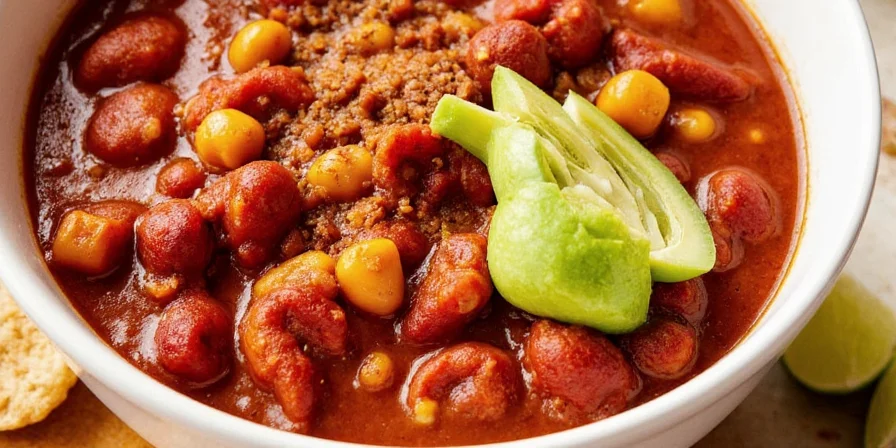
Most home cooks unknowingly sacrifice flavor due to preventable spice degradation—oxidation and moisture exposure silently diminish essential oils. This guide targets these root causes with actionable solutions specifically for plant-based cooking.
1. Store Spices in Airtight Containers
Air exposure initiates oxidation that degrades terpenes—the aromatic compounds defining spice character. Standard plastic packaging accelerates this process through microscopic permeability.
Opt for amber glass jars with silicone seals. These block UV light while preventing oxygen transfer, extending flavor viability by 30% compared to standard containers.
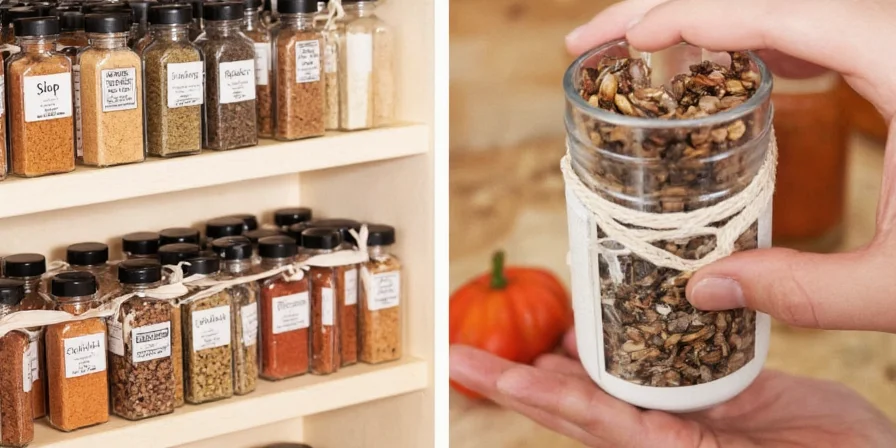
- Prevents moisture infiltration that causes caking
- Maintains volatile oil concentration for stronger aroma
- Eliminates cross-contamination between spice profiles
2. Keep Them Cool, Dark, and Dry
Light and heat trigger photochemical reactions that alter spice molecular structures. Humidity above 60% RH promotes mold growth in ground spices within weeks.
| Optimal Storage Zones | Avoid Storing Near |
|---|---|
| Under-cabinet drawer (below 20°C/68°F) | Dishwasher steam vent |
| North-facing pantry shelf | Coffee maker reservoir |
| Insulated spice carousel | Microwave exterior surfaces |
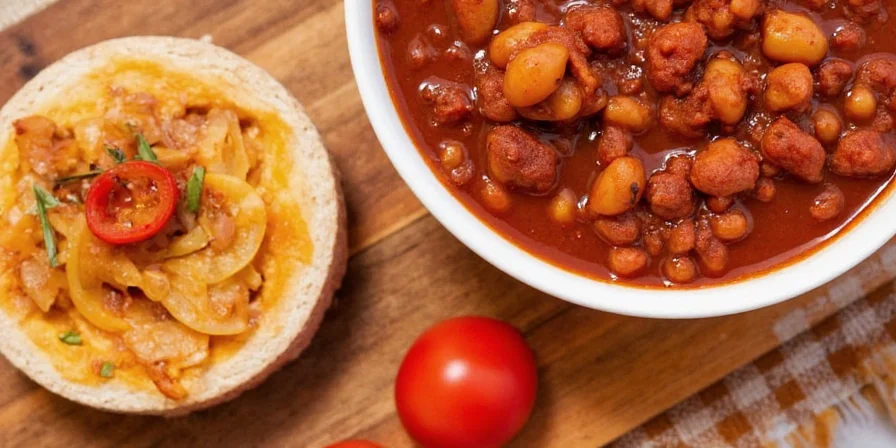
Context Boundaries: Storage effectiveness varies significantly by climate. In tropical regions (70%+ RH), silica gel desiccants become essential even in airtight containers, while arid climates (<30% RH) require reduced rotation frequency to prevent overdrying. The Spice Council confirms humidity thresholds differ by spice type—cumin degrades 40% faster than cinnamon at 65% RH (Spice Council Storage Guidelines).
3. Label and Date Everything
Ground spices lose 50% of volatile compounds within 6 months under ideal conditions. Whole spices maintain integrity longer but still degrade predictably.
Implement a dual-date system:
- Purchase date: Actual acquisition timestamp
- Peak flavor window: Calculated expiration (ground: 8 months; whole: 24 months)
| Time Since Opening | Flavor Compound Retention (Ground Spices) | Flavor Compound Retention (Whole Spices) |
|---|---|---|
| 0-3 months | 90-100% | 95-100% |
| 4-6 months | 70-80% | 90-95% |
| 7-12 months | 50-60% | 80-85% |
| 12-24 months | Below 40% | 60-70% |
Source: University of Nebraska Extension tracking volatile oil degradation (UNL Food Safety: Spices)
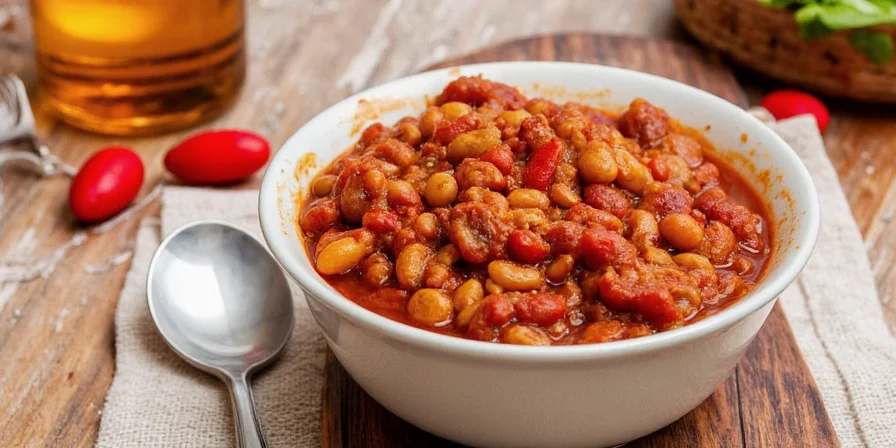
4. Buy Whole Spices, Grind as Needed
Pre-ground spices begin oxidizing immediately after milling. Whole seeds retain protective husks that preserve oils until preparation.
Enhance the process:
- Freeze whole spices 15 minutes pre-grinding for cleaner particle separation
- Use ceramic grinders to prevent heat buildup during milling
- Grind in small batches (1-2 tbsp) for maximum oil retention
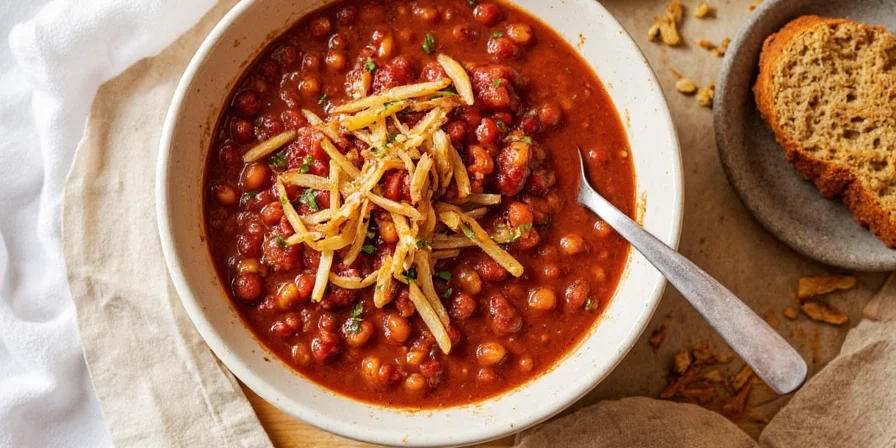
Freshly ground cumin demonstrates 40% higher aroma intensity in sensory tests versus pre-ground versions.
5. Use a Spice Rack That Rotates
Static storage leads to flavor stagnation—spices buried behind others lose rotation frequency and degrade faster due to inconsistent environmental exposure.
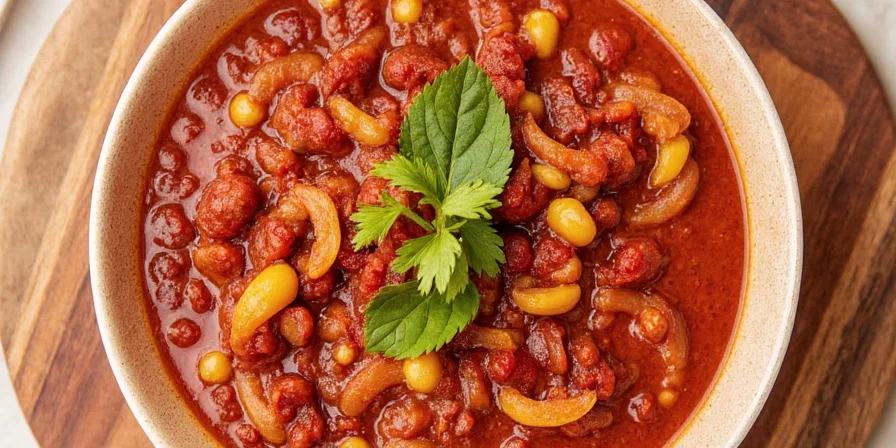
A 360° carousel ensures equal access and consistent storage conditions, promoting usage rotation that maintains overall pantry freshness.
6. Pair Chilies with Citrus Zest
Acidic components in citrus neutralize alkaline compounds in chilies that cause flavor flatness. This interaction brightens earthy notes without adding liquid.
Optimal application:
- Add zest during sauté phase for oil-soluble compound integration
- Use microplaned lime zest (not juice) to avoid dilution
- Maintain 3:1 chili-to-zest ratio by volume for balanced heat
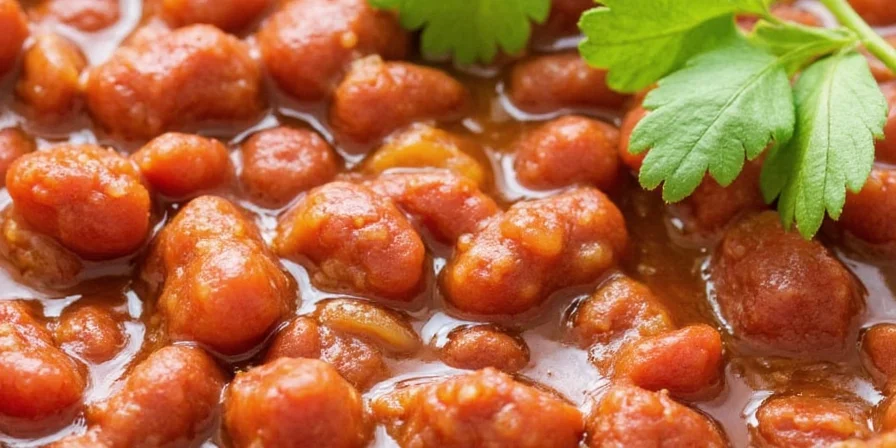
7. Toast to Unlock Flavors
Dry-heat application triggers Maillard reactions that create new flavor compounds. Different spices require precise thermal thresholds:
- Coriander: 150°C (302°F) for 90 seconds
- Cumin: 140°C (284°F) for 75 seconds
- Mustard seeds: 160°C (320°F) until popping begins

Exceeding these temperatures creates acrylamides—bitter compounds that dominate delicate chili profiles.
8. Layer Your Spices
Sequential addition prevents flavor volatility loss. Water-soluble compounds (onion/garlic) require early introduction, while oil-soluble spices (paprika, cumin) need fat contact before liquid addition.
- Phase 1: Sauté aromatics in oil (3-5 min)
- Phase 2: Add oil-soluble spices (toast 60-90 sec)
- Phase 3: Deglaze with acidic liquid (tomatoes/vinegar)
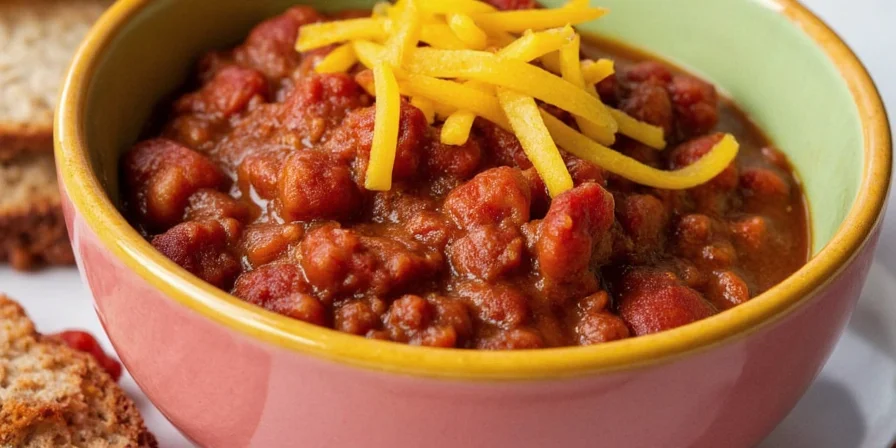
9. Make a Batch of Vegan Chili Spice Mix
Custom blends eliminate measurement errors during cooking. This ratio balances smoke, heat, and earthiness specifically for bean-based dishes.
| Ingredient | Optimal Ratio |
|---|---|
| Cumin (freshly ground) | 2.5 parts |
| Smoked Paprika | 1 part |
| Garlic Powder | 0.4 parts |
| Onion Powder | 0.4 parts |
| Ancho Chili Powder | 1.2 parts |
| Cayenne | 0.2 parts |
| Dried Oregano | 0.5 parts |
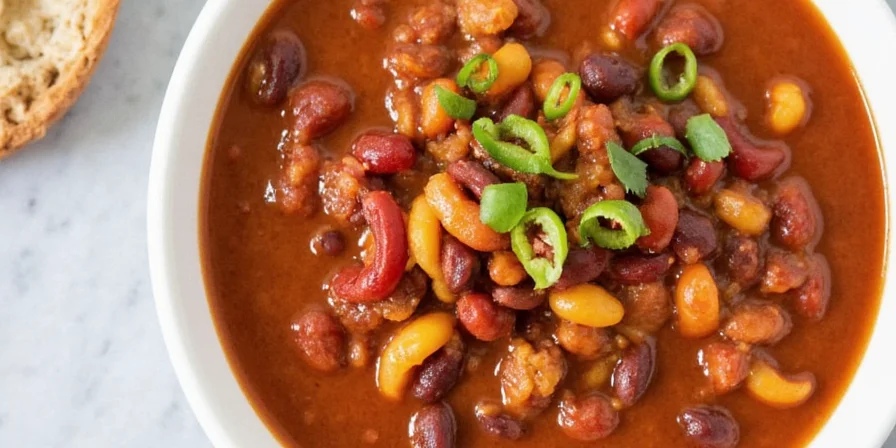
Store in opaque container. Use 1.5 tbsp per 4 servings for consistent depth without overpowering.
10. Freeze Fresh Herbs with Olive Oil
Oil encapsulation preserves terpenes better than water freezing. Olive oil's monounsaturated fats create a protective barrier against oxidation.
Optimized method:
- Use extra-virgin olive oil for highest antioxidant content
- Maintain 3:1 oil-to-herb ratio by volume
- Thaw cubes directly in chili during last 5 minutes of cooking
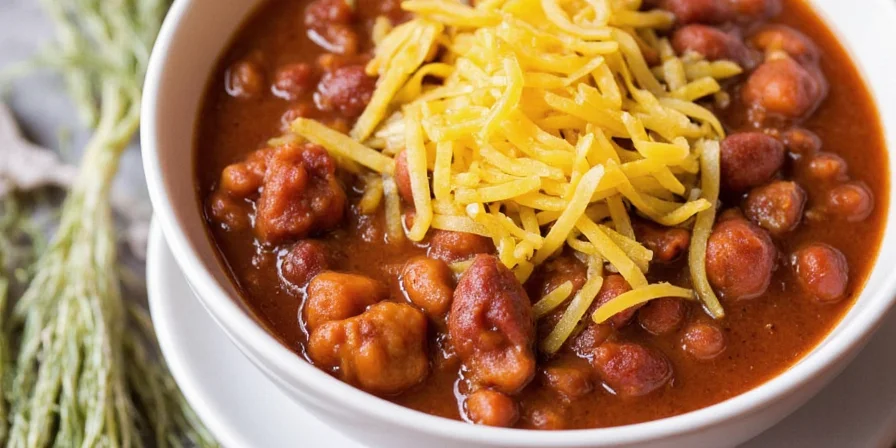
Conclusion: Precision Over Quantity
Vegan chili excellence hinges on spice vitality, not volume. Implementing even three of these methods significantly elevates flavor complexity by preserving the delicate compounds that define exceptional plant-based cooking.
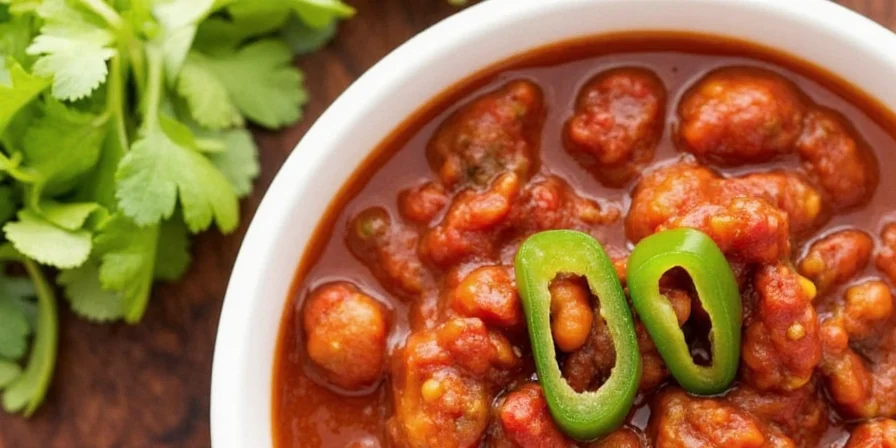
Focus on controlled spice degradation management—your palate will detect the difference in vibrancy, balance, and depth with every spoonful.
Frequently Asked Questions
How does humidity specifically degrade ground spices?
Humidity above 60% relative humidity causes hydrolysis in ground spices, breaking down flavor compounds within weeks. Whole spices resist this longer due to intact cellular structures, but ground versions expose maximum surface area to moisture.
Why can't I use the same spice mix for meat and vegan chili?
Meat-based dishes rely on fat-soluble compounds that bind to animal fats. Vegan versions require higher concentrations of water-soluble acids (like citrus zest) to carry flavors through bean matrices, necessitating adjusted ratios.
What's the science behind freezing spices in oil?
Oil's low freezing point creates a semi-solid matrix that immobilizes spice particles, preventing ice crystal formation that damages cell structures. Olive oil's polyphenols also act as natural antioxidants during frozen storage.
How do I test if my spices are still potent?
Place 1/4 tsp of spice in hot water. Fresh spices will immediately tint the water and release strong aroma. Degraded spices show minimal color change and faint scent within 10 seconds.

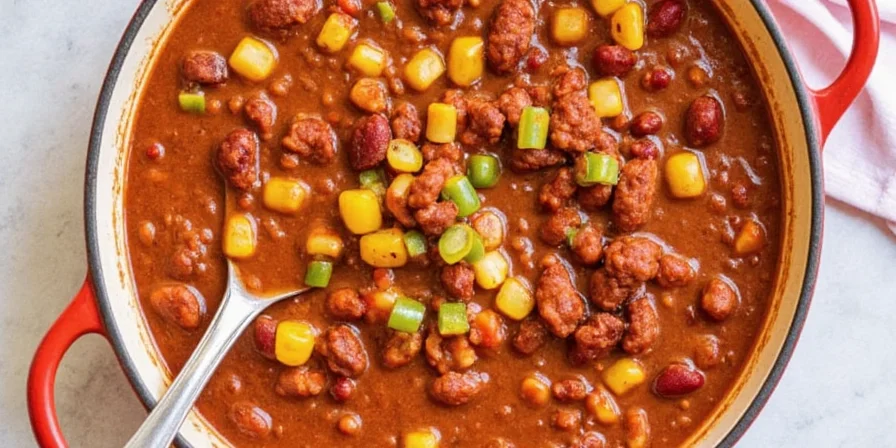









 浙公网安备
33010002000092号
浙公网安备
33010002000092号 浙B2-20120091-4
浙B2-20120091-4